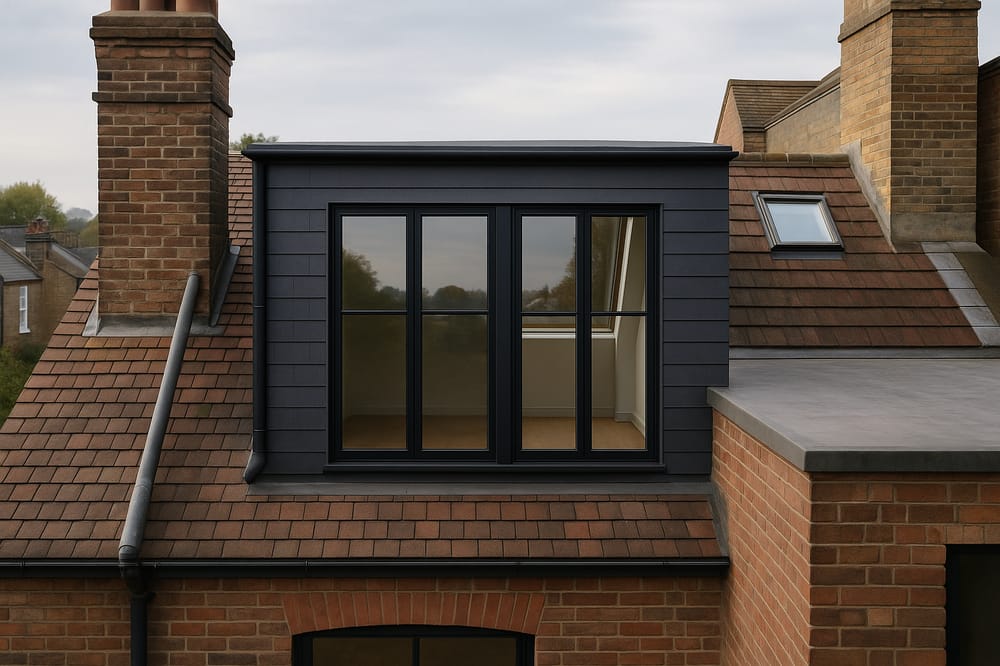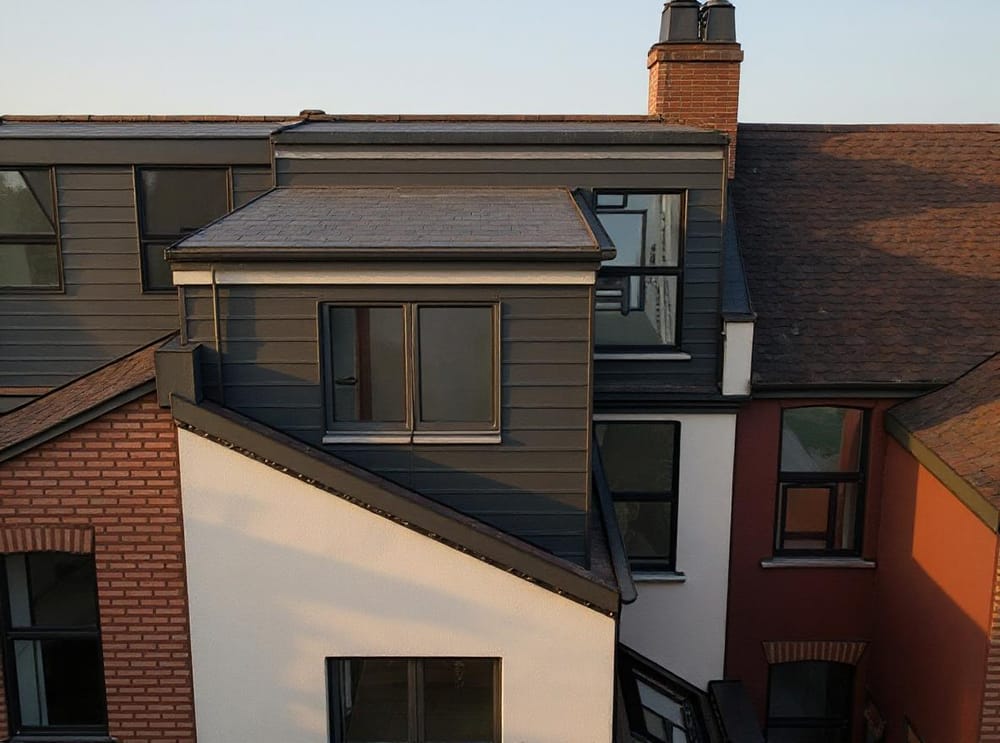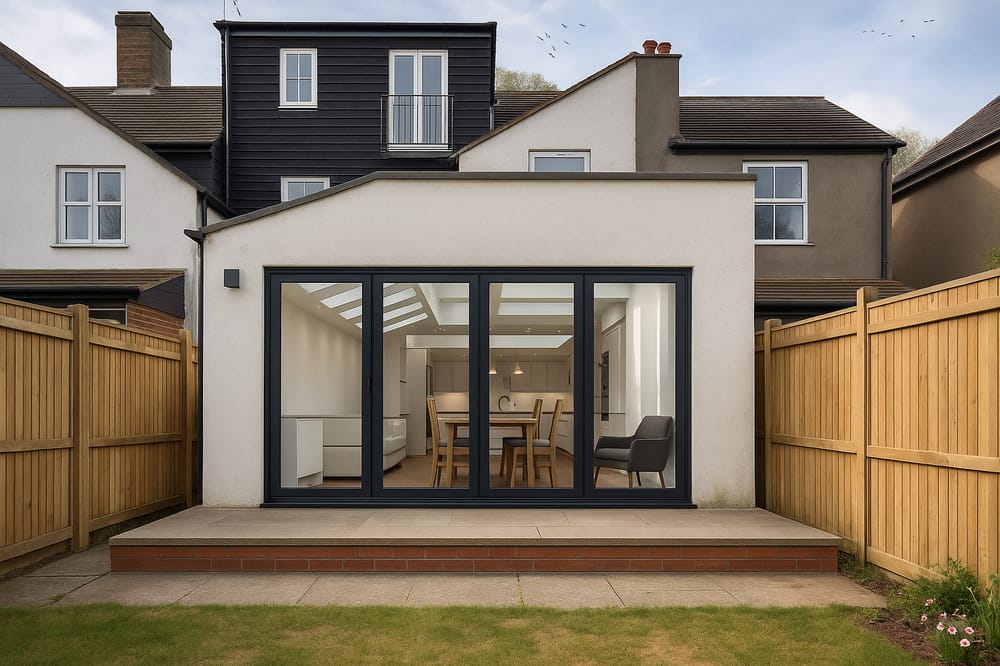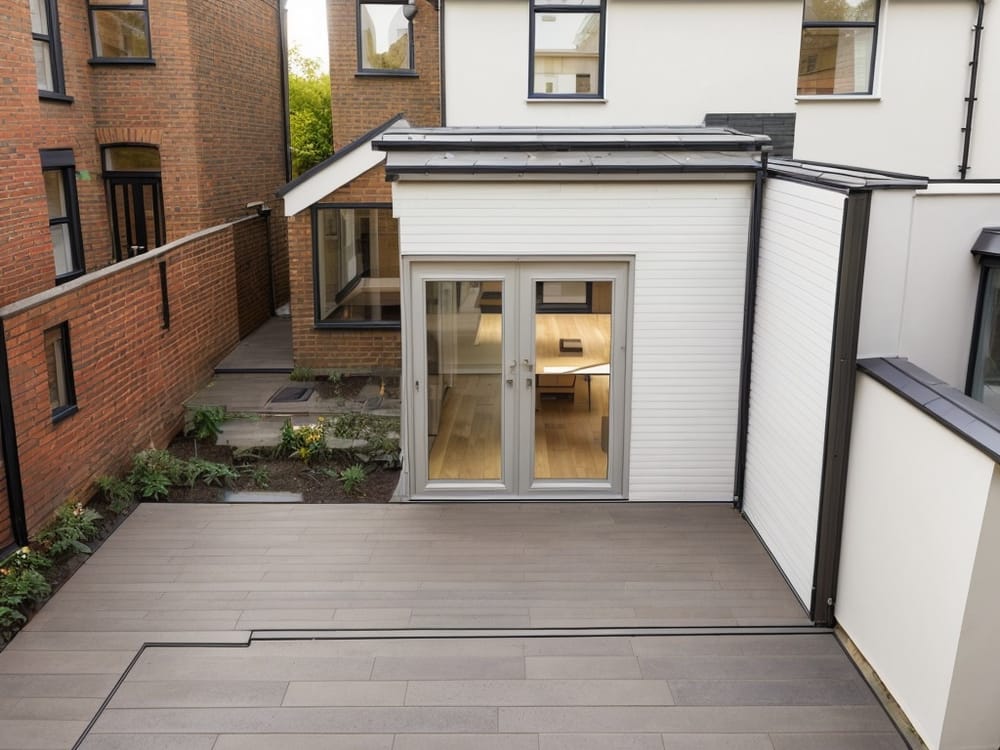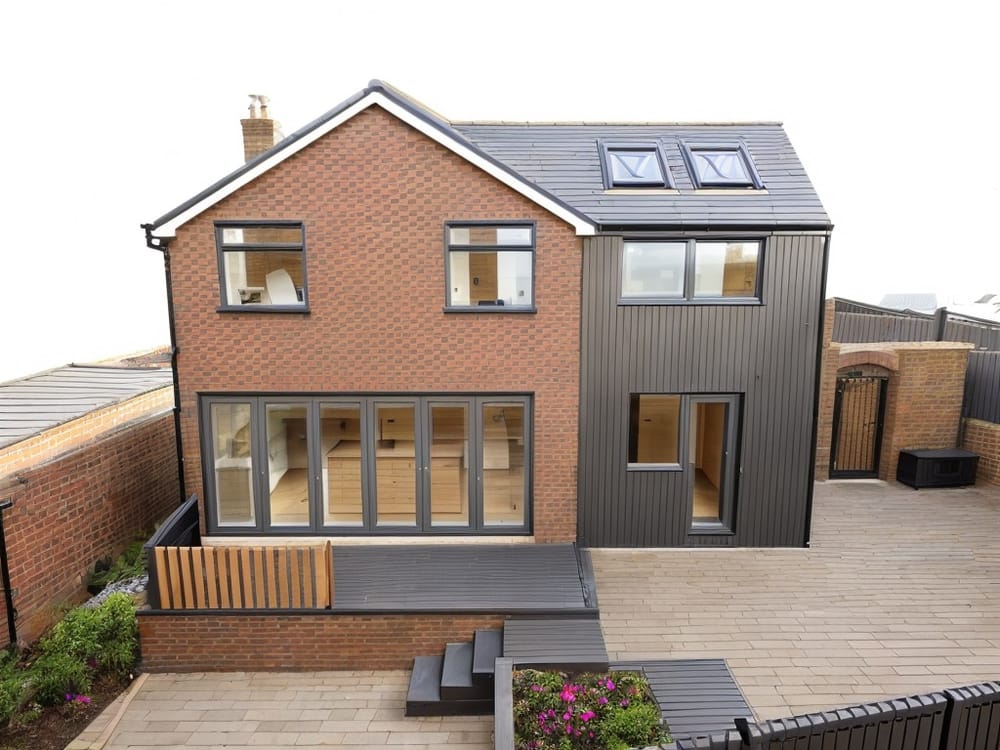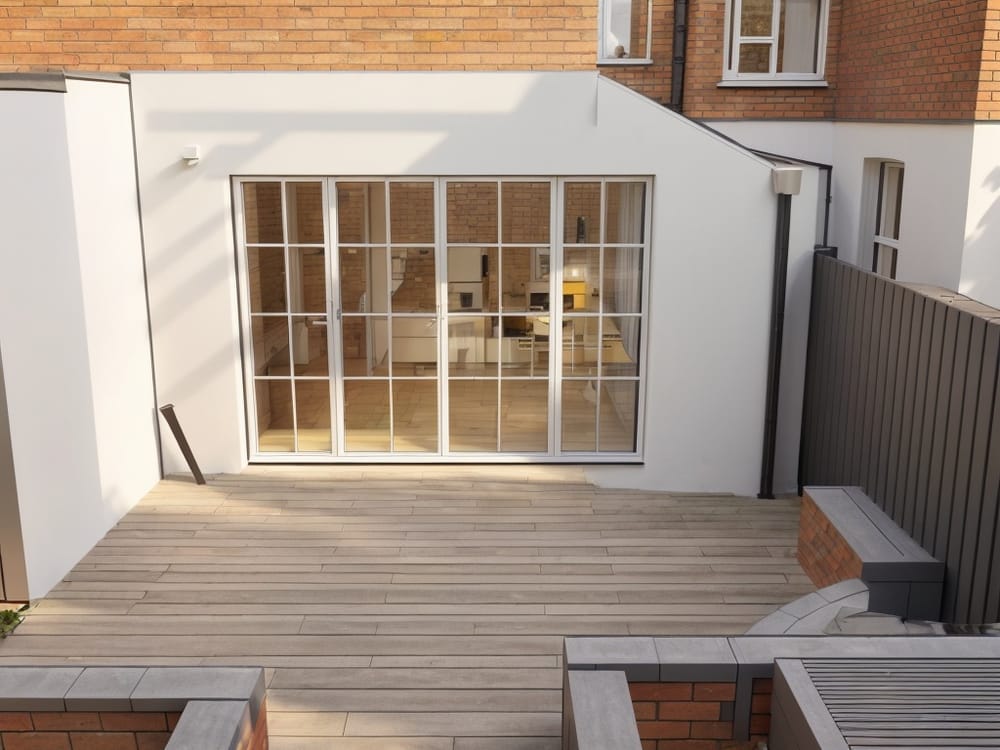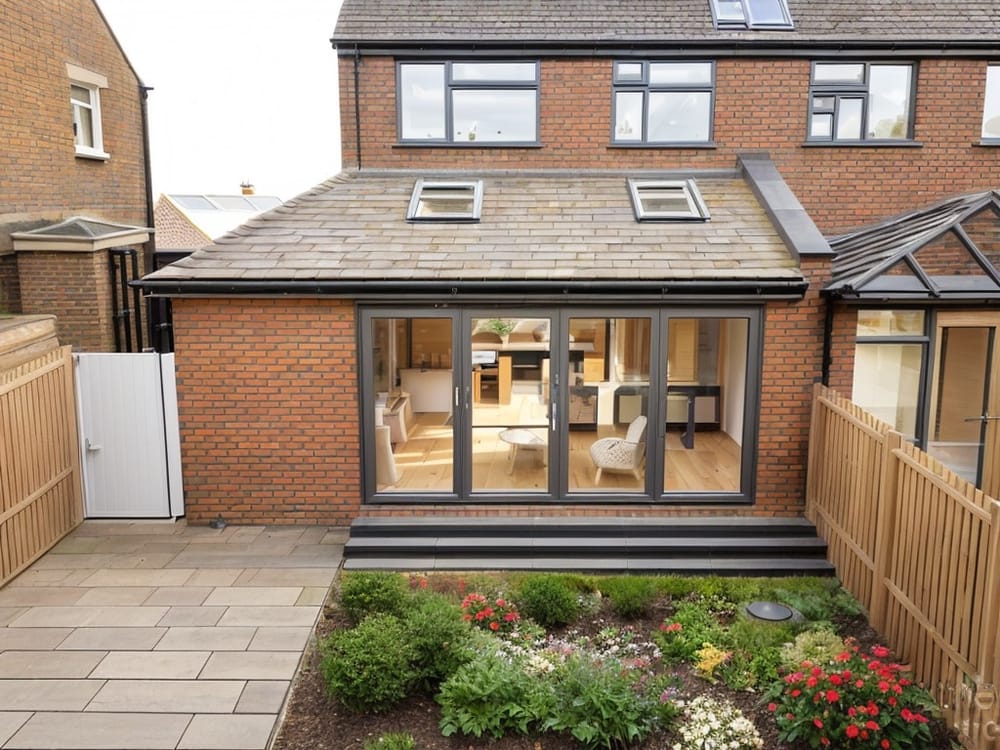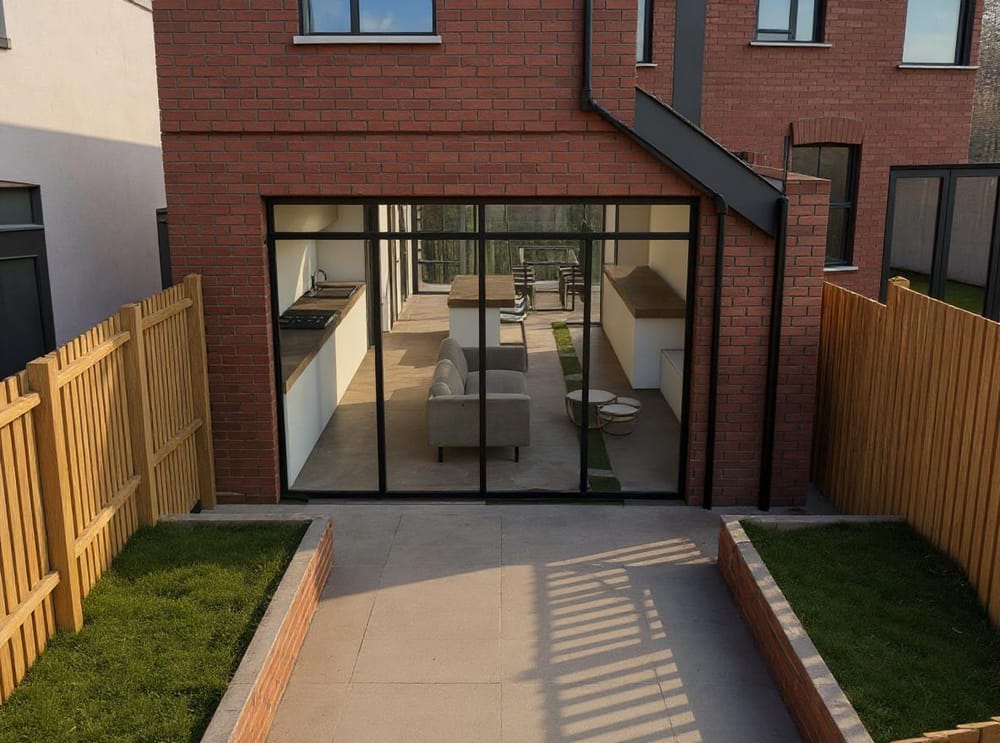Whether you’re extending or converting, there’s one word that hangs heavy over any residential project: planning.
If you’ve never navigated UK planning policies before, the prospect can be daunting. What approval do you need? What can you accomplish without it? If these questions have you scratching your head (especially in light of the 2020 planning changes), don’t worry!
With our own team of planning agents and experts, we’ve put together this handy guide…
First things first: what are permitted development rights?
Before we discuss your planning application options, it’s important to first discuss your permitted development rights.
Permitted development rights are essentially a scheme, created by the government, that allows you to extend/renovate your home without the need for a full planning application.
Projects which can come under your permitted development rights
- Rear extensions
- Side and side return extensions
- Garden rooms
- Loft conversions
- Two-storey extensions
- Garage conversions
- Building a new storey
All these projects are subject to strict guidelines around height, width, and impact on the local area. Some property types are excluded from the scheme (example, flats and maisonettes) and homes built before 1948 or which sit in a conversion area, will have fewer options.
For a full breakdown of permitted development rights, click here.
Prior approval
While permitted development rights allow you to transform your home without the need for a full planning application, some projects will still need to be reviewed by your local authority. This is known as ‘prior approval’ and it’s likely you’ll need to submit an application early on to see whether or not your project warrants this type of planning.
Typical projects which require prior approval
Time required: on average, 8 weeks.
Fee: roughly £100 for a single extension onto an existing dwelling.
The good news about prior approval, when compared to a full planning application, is there’s less subjectivity in the assessment. While planning applications can be accepted and rejected by your council’s own unique criteria, prior approval ensures your project is only being judged against fixed legal requirements - making planning success that much easier to achieve.
Lawful development certificate
If your project comes under permitted development rights but doesn’t require prior approval you might be tempted to skip planning altogether.
However, as tempting as playing planning hooky might be, it’s important that you document when your project was created and confirm it meets all legal requirements. To do this, we recommend all homeowners obtain a lawful development certificate.
As the name suggests, this document proves your project was lawful at the point of construction. Therefore, it protects you in the event planning policies change and ensures you don’t accidentally build something outside of your permitted development rights.
Remember: if you build without planning permission and it doesn’t match up with strict permitted development rules, you could face hefty fines and even demolition.
Time required: on average, 8 weeks.
Fee: £103 in England, £85 in Wales, and £101 in Scotland.
Full planning application
For those projects not covered by permitted development rights, you’ll need to undergo a full planning application.
Unlike the other planning routes, planning permission allows your project more creativity and scope. However, it does also tend to be more subjective. One council might approve what the council next door refuses, as most local authorities work to their own set of guidelines.
For those more controversial/ambitious projects, it’s often a good idea to submit a pre-application. This involves having an informal meeting with your planning officer, either in person, on the phone, or by email. It’s a chance to discuss the feasibility of your ideas, alongside any problems you might be faced with.
What you need to submit for a full planning application
- An application form
- Evidence verifying the information within the application
- Architectural plans and elevations
- A site location plan
- A fee
Time required: on average, 8 weeks.
Fee: £206 in England, £190 in Wales, £202 in Scotland.
Reasons why planning permission is refused
- Your build overshadows a neighbour, causing loss of light
- Your build overlooks other homes, causing loss of privacy
- Your builds appearance is out of character with the existing property
- Overdevelopment
- It impacts on highway safety
- Use of hazardous materials
- Impact upon trees
- Restricts road access
- Negative effect on nature conservation
- Your property is a listed building, where applicable
Learn more about planning permission refusal here.
How an architect can help…
An experienced architect will be able to advise on what planning route is best for you.
They’ll create designs perfectly in-line with your planning choice, helping you meet those technical permitted development guidelines.
Some architects (such as Resi) can act as your planning agent, managing your application on your behalf. This not only eliminates the risk of errors in your application, but it also allows your architect to work one on one with your local authority. In some cases, should a small design feature be holding you back, your architect may be allowed to make a quick change so you get planning first-time round.
Learn more about the benefits of using an architect.
Conclusion
If you’re struggling to understand your planning options, remember these three traditional routes…
Prior approval: needed for anyone building a new storey under permitted development rights or using the larger home extension scheme.
Lawful development certificate: a recommended document for anyone doing any other project under permitted development rights.
Full planning application: a legal requirement for any project that doesn’t come under permitted development rights.
Still confused? Don’t worry, planning policy is pretty technical, so we always recommend you talk to an expert to discover your property’s options. For a free consultation, click here.


